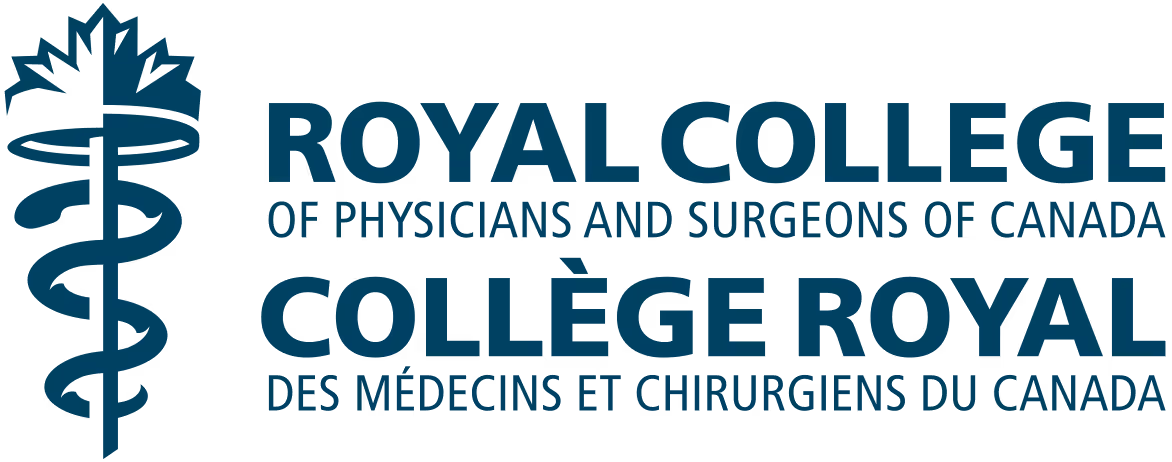Important: This guide is for educational purposes only. Always consult a healthcare professional for proper diagnosis and medical advice.
Overview
ABCDE Guide
Self-Check
Quiz
Understanding Melanoma Detection
Melanomas often appear as changes in existing moles or as new, unusually pigmented growths. Early recognition of these changes can be life-saving.
The ABCDE guide is a simple tool used by healthcare professionals to help identify potentially suspicious moles and skin lesions:
Key Points:
- Melanomas can vary greatly in appearance
- They can appear anywhere on the body, not just sun-exposed areas
- Early detection significantly improves treatment outcomes
- Regular skin self-examinations are crucial
The ABCDE Criteria
Click on each letter to learn more about the warning signs:
A
Asymmetrical Shape
One half doesn't match the other half in shape or size
What to look for: Melanomas often have irregular or lobulated shapes with uneven or mismatched halves. A typical benign mole is usually symmetrical.
B
Border Irregularity
Edges are irregular, notched, or scalloped
Warning: Irregular border
What to look for: Benign moles have smooth, well-defined edges. Suspicious moles may have irregular, notched, or scalloped borders.
C
Color Variation
Multiple colors or uneven color distribution
What to look for: Normal moles are usually one uniform color. Suspicious moles may have varying shades of brown, tan, black, and sometimes red, white, or blue.
D
Diameter Size
Larger than 6mm (size of a pencil eraser)
What to look for: While many benign moles are small, growths larger than 6mm (pencil eraser size) should be evaluated. However, melanomas can sometimes be smaller.
E
Evolving Changes
Any changes in size, shape, color, or symptoms
Changes to watch for:
- Changes in size (growing larger or smaller)
- Changes in shape or symmetry
- Changes in color or color distribution
- Changes in elevation (becoming raised or flat)
- New symptoms: itching, tenderness, or bleeding
- Surface changes: scaling, oozing, or crusting
Most important: Evolution indicates the mole is not stable and could be developing into melanoma. Any change warrants medical evaluation.
Monthly Self-Examination Checklist
Perform this self-check monthly in good lighting with a full-length mirror:
✓ Self-Examination Steps
Examine your face, especially nose, lips, mouth, and ears
Check your scalp by parting hair with a blow dryer and mirror
Examine hands, including nails, palms, and between fingers
Check arms, underarms, and both sides using a mirror
Examine your torso, chest, and upper back in a mirror
Use a hand mirror to check your lower back and buttocks
Examine legs front and back, including thighs and shins
Check feet, including soles, toes, toenails, and between toes
When to see a doctor: If you notice any mole or spot that exhibits ABCDE characteristics, schedule an appointment with a dermatologist immediately.
Knowledge Assessment
What does the "A" in ABCDE stand for?
Asymmetrical shape
Aggressive growth
Abnormal size
Active bleeding
What diameter size is considered concerning for a mole?
Larger than 3mm
Larger than 6mm
Larger than 10mm
Size doesn't matter
Which is the most critical warning sign according to the ABCDE guide?
Large diameter
Dark color
Evolving/changing over time
Irregular border
How often should you perform a skin self-examination?
Once a year
Every 6 months
Monthly
Only when concerned
Progress: 0/4
Melanomas often manifest as changes in an existing mole or as a new, unusually pigmented growth on the skin. Recognizing these changes early can be life-saving. To help remember the characteristics that may indicate melanoma, healthcare professionals often refer to the ABCDE guide:
Asymmetrical Shape
A typical mole is usually symmetrical. If one half of a mole does not match the other half in shape or size, this asymmetry can be a warning sign. Melanomas often have irregular or lobulated shapes, with uneven or mismatched halves.
Border
The edges of a benign mole are usually smooth and well-defined. In contrast, melanoma may present with irregular, notched, or scalloped borders. These uneven edges can be a key indicator that a mole is suspicious.
Colour
Normal moles tend to be a uniform color, but melanomas often display an uneven distribution of colour. This might include varying shades of brown, tan, black, and sometimes even red, white, or blue. Multiple colors or patches within a single lesion are cause for concern.
Diameter
While many moles are small, a new growth in an existing mole that exceeds 6 millimeters in diameter (about the size of a pencil eraser) should be evaluated by a healthcare professional. However, melanomas can sometimes be smaller, so size alone isn't the only factor.
Evolving
One of the most critical warning signs is the evolution of a mole. This includes any changes in size, shape, colour, or elevation of a spot on the skin. Additionally, new symptoms like itching, tenderness, or bleeding in an existing mole are important to note. Evolution indicates that the mole is not stable and could be developing into melanoma.
Additional Considerations
- Variability in Appearance: Melanomas can look different from one another. Some might exhibit all the typical ABCDE characteristics, while others may show only one or two of these signs.
- Location: They can appear on any part of the body, not just areas of high sun exposure.
Because melanomas can vary greatly in appearance, it’s essential to perform regular skin checks and seek medical advice if you notice any unusual changes or new growths that fit these criteria. Early detection and treatment significantly improve outcomes, so familiarity with the ABCDE guide empowers individuals to take proactive steps in monitoring their skin health.





